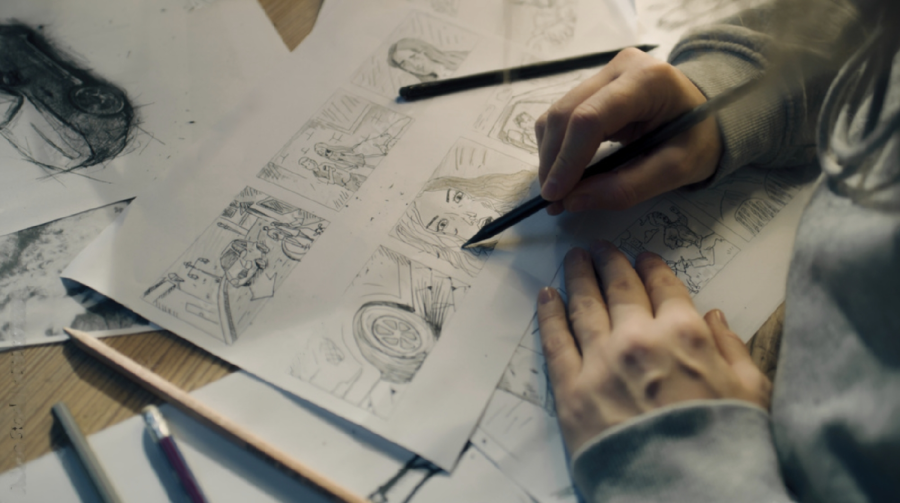117 years.
117 years ago, in 1906, the first animation on standard picture film, Humorous Phases of Funny Faces, was released to the public. Since then, animation has drastically evolved, and we have seen films like Snow White, Toy Story, Box Trolls, etc. However, even though animation has been around for a very long time, it has always been hidden within the shadows of film and art.
This art form has always been considered a genre for children or niche audiences. Many people need help understanding and recognizing the vast and diverse range of animation styles and genres and the incredible creativity and hard work behind it.
One of the main reasons it’s overlooked is its association with children’s entertainment. Of course, animation has a long history of attracting younger audiences, but that doesn’t mean it is only meant for children.
At the 2022 Oscars, Halle Bailey, Naomi Scott, and Lily James, actresses who starred in live-action Disney films, made jokes about animations and how they are “formative movie experiences” that reminded them of their own childhoods.
Many people, including various animators like Phil Lord, all clapped back to these jokes and argued that animations are not something parents must endure but something they can also enjoy.
There is a vast variety of animations that are geared toward adults. Many embody complex, mature themes and explore compound characters and storylines. Or most of them contain mature content or humor that many children wouldn’t understand.
For example, the animated movie Grave of the Fireflies follows the heartbreaking story of two siblings trying to survive during WWII. The Simpsons is another animation that is not only meant for children. The series contains many references and jokes that mainly adults would understand.
These animation works, along with many others, demonstrate the ingenuity and depth of animation as an art form.
Not only do the messages and meanings behind animations show the depth and creativity of them, but also the hard work and dedication of the animators.
Some others may think animations are easier and cheaper to film than live-action films because they do not require any real-life settings or props. In reality, creating an animated movie can be just as challenging and stressful as a live-action film.
While many live-action films require a cast and set, animators must create everything from scratch, requiring more time, dedication, money, and creativity.
Despite these factors, animation is only sometimes recognized or appreciated compared to other films and art forms. For example, it is rare for an animated film to be nominated for the Best Picture Oscar, and animated television shows are often relegated to “children’s programming” categories at awards shows. This lack of recognition not only diminishes the hard work and creativity of those involved in animation but also limits the visibility and accessibility of the medium to a broader audience.
Only a few people also realize that if more people recognized and respected animation, it could give more underrepresented groups a voice to express their culture and themselves. Another thing that a lot of people might not think about is how this can contribute to and impact a child’s development.
In more recent years, various animations have been made to show the different values and histories of other cultures. For example, the movie Encanto follows the story of a Colombian family living in a magical home to protect them from any sort of danger or violence. Throughout this film, the idea of family values and self-worth from a Latino perspective is shown accurately, making it more relatable to the audience.
Now, how does this affect a child’s development and understanding?
Many people might think that an excessive amount of screen time can affect a child’s development. While this is true, it also depends on how they are using that time. Many animations combine entertainment with moral lessons about life, family values, love, and so much more. According to a study published in the Child and Adolescent Social Work Journal, discussing these significant topics and exposing them to children at a young age can strengthen their cognitive and behavioral skills.
By all means, animation deserves more recognition and respect for its artistic and cultural significance. It is a diverse and versatile form of art that offers limitless possibilities for artistic expression and has profoundly impacted global culture.
If more people did not balk at animation, they could see what it has to offer and how it can bring life to the screen. It is time for us to recognize animation as the serious and important art form it truly is and to give it the respect and attention it deserves.












